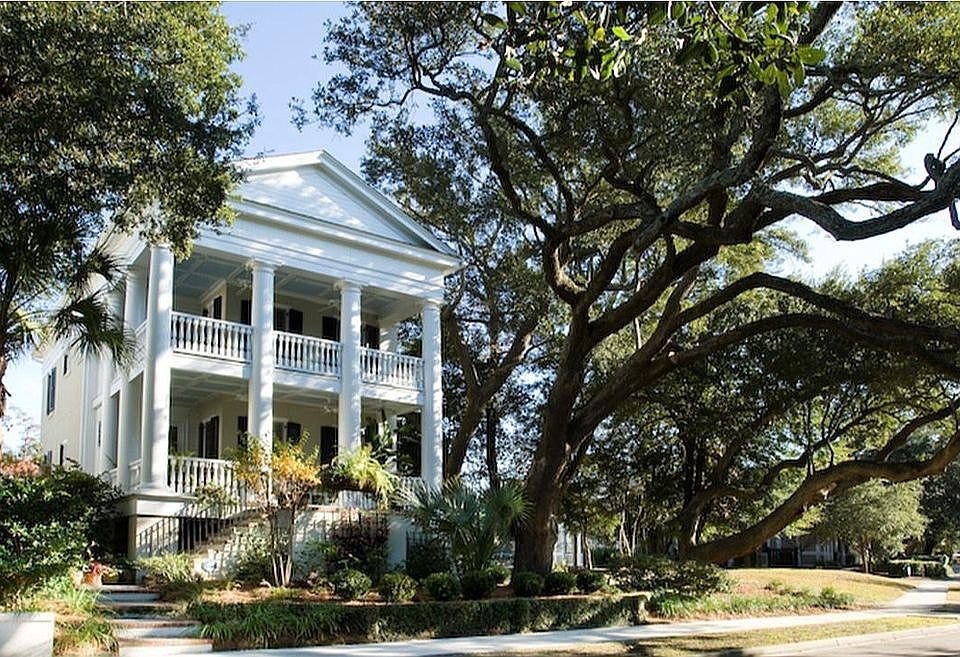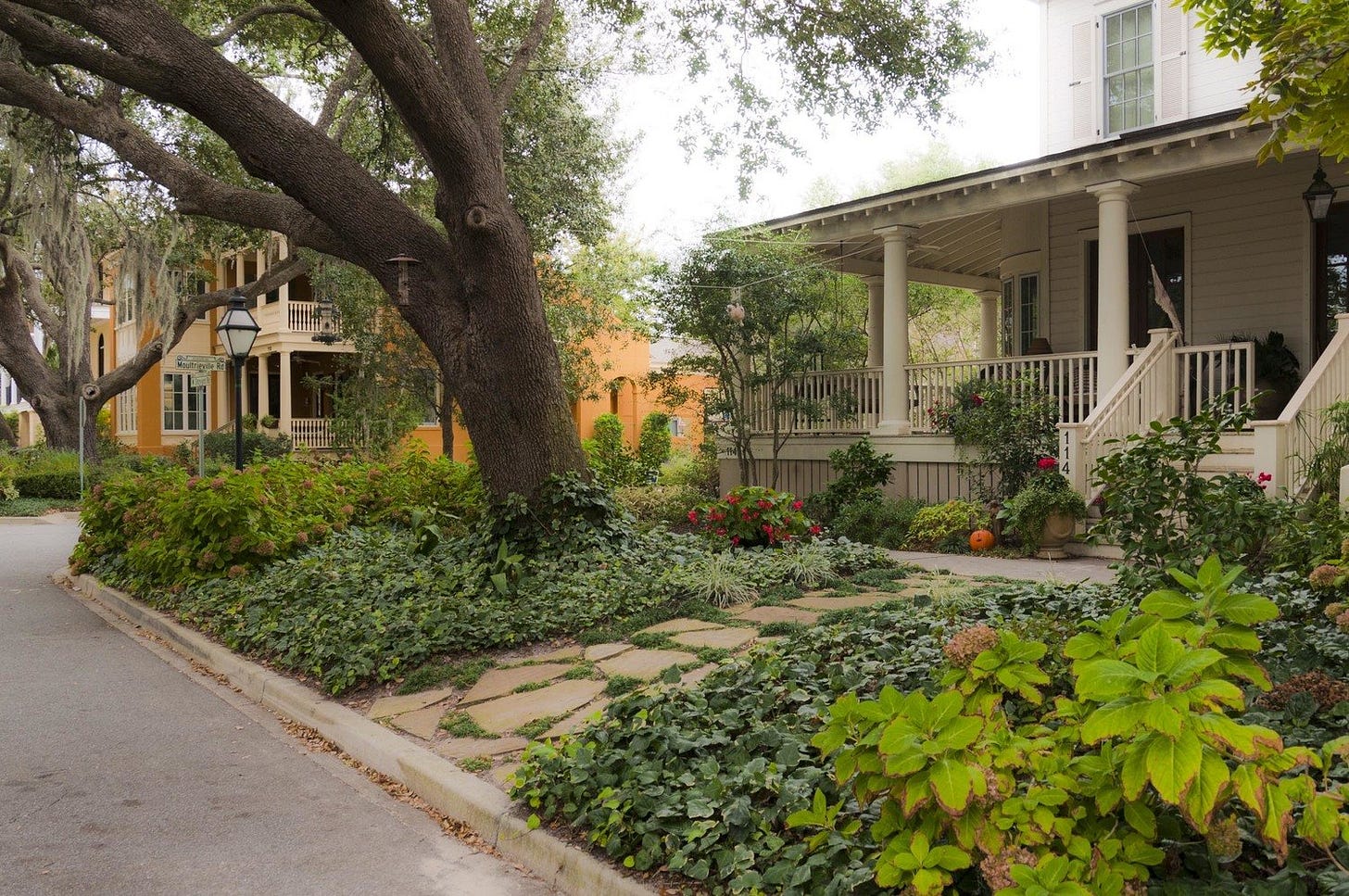My opinion about trees is similar to my feeling about preserving old buildings: When the juice is worth the squeeze, make it work, but never sacrifice the long term for the near term.
With ideal conditions (forgiving soil, a nearly flat site, hardy specimens), an exhaustive tree survey, and lots of mid-construction adjustments to accommodate discrepancies between survey and reality, we worked every single >8" caliper oak into the I'On land plan.
With a 45" spade, we relocated the <4" caliper oaks that were in rights of way or likely building footprints to a temporary "nursery" in the not-yet developed portion of the site. After pouring the Phase I curb, we re-spaded them and planted them as street trees. This was both fun and cost effective.
All of the big trees survived and I think we lost a negligible % of the spaded trees. With that said, developing historic Charleston today (or any remotely urban built environment) would be impossible without clear cutting. Beautiful buildings survive much longer than trees and planting a tree is affordable and high ROI. Invest in preserving them where it works, but don't sacrifice what would be a better place for the great grandkids to keep a tree for the parents.
P.S. Much anti-growth NIMBYism masquerades as tree protection and the most passionate fake Loraxes are people who themselves have never planted a tree. The stated goal is tree protection. The actual goal is construction prohibition.
P.P.S. The really big oaks in these pictures are ancient. The medium sized ones are about 20 to 25 years old. The houses were all built since 1998.






